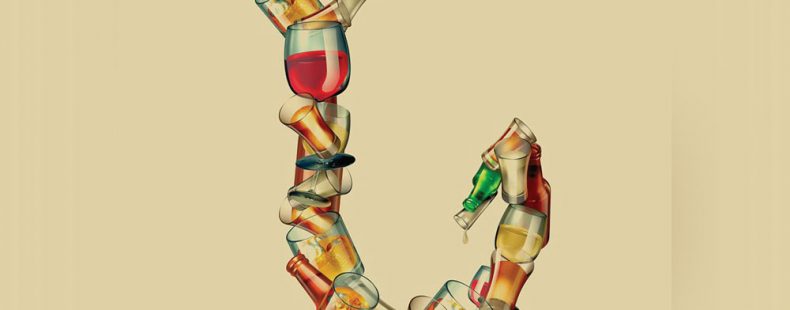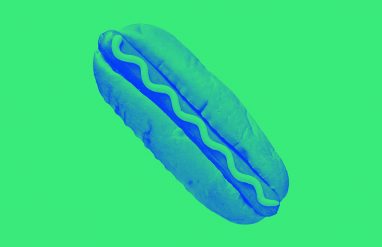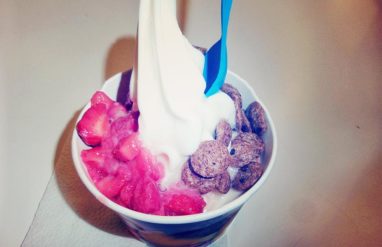Eggnog
As long as we’re talking about drink betrayal, let’s talk about the one that may have embarrassed you at that one holiday party. Not all eggnog contains alcohol, but now you know why the cartons at the grocery store will explicitly say that they’re non-alcoholic.
This drink is from way before your cool aunt spiked her cup. Eggnog historians (who totally exist) trace the drink’s origins back to medieval Britain. Monks in the 1200s were known to drink a “posset” containing milk, eggs, and sherry, which was considered healthy back then. In the 1600s, when colonialism was Britain’s hot new pastime, they brought it with them to the New World, where it grew to be a popular alcoholic drink to serve at high society holiday parties.
President George Washington actually had his own recipe for eggnog. It called for the following:
- 12 egg yolks
- 1 quart heavy cream
- 1 quart milk
- 12 Tbsp sugar
- 1 pint brandy
- 1 pint rye whiskey
- 1 pint spiced rum
- 1 pint sherry
(For those keeping track, that’s eight cups of liquor and eight cups of milk/cream, plus a dozen eggs and 6 oz sugar. This makes a LOT of eggnog.) The recipe then instructs “mix liquor first, then separate yolks and whites of 12 eggs, add sugar to beaten yolks, mix well. Add milk and cream, slowly beating. Beat whites of eggs until stiff and fold slowly into mixture. Let set in cool place for several days. Taste frequently.” When you do eventually serve it, garnish with a bit of nutmeg.






















